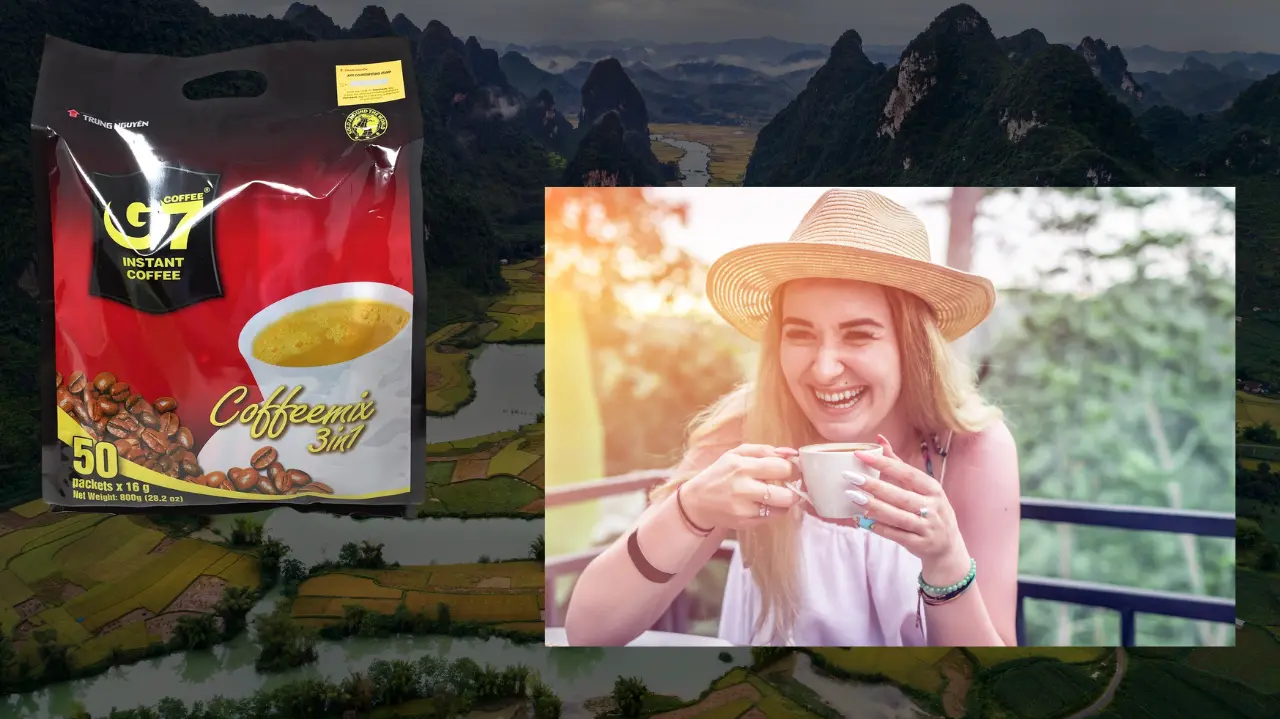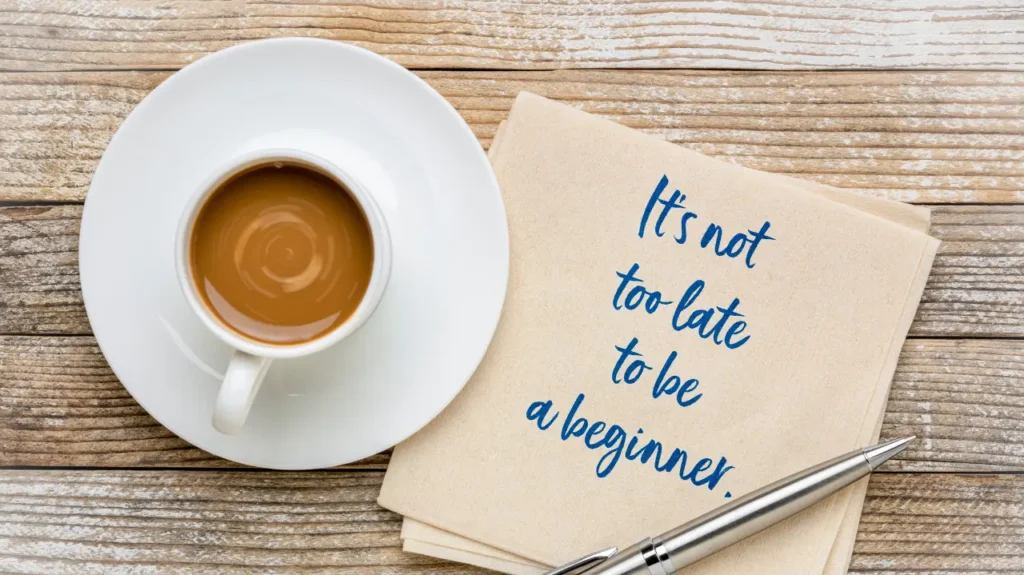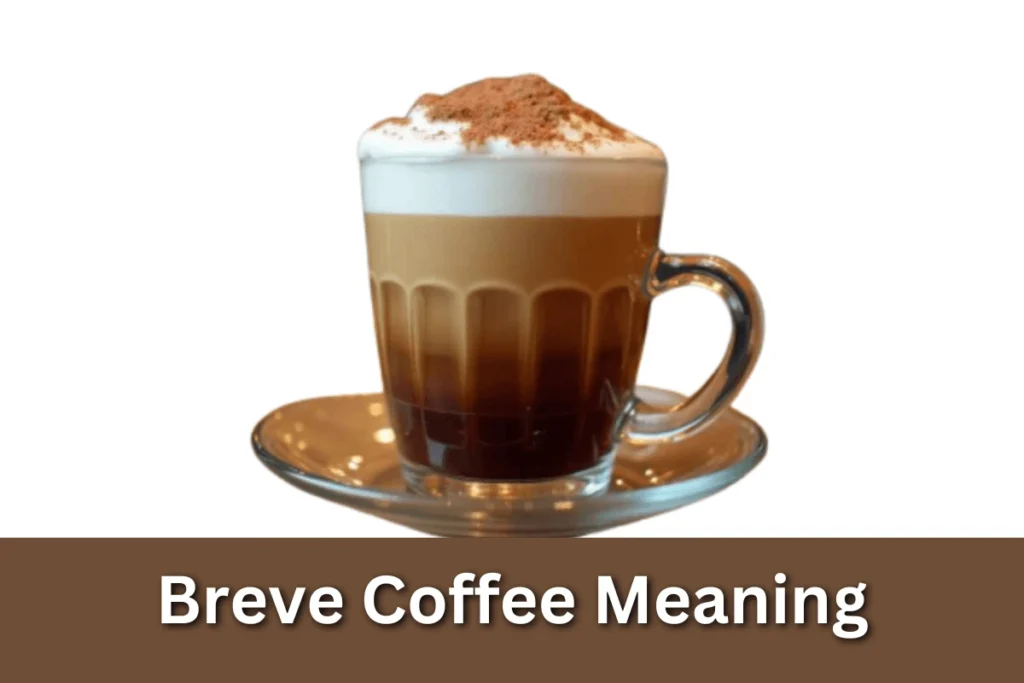Forget weak, watery instant coffee. Vietnamese instant coffee is your fast pass to deep, bold flavor.
I’ve explored coffee cultures worldwide, and Vietnam’s instant magic stands out. It’s not just convenient; it captures the soul of Vietnam’s famous coffee tradition.
Imagine that strong, almost chocolatey taste of robusta beans. Yes, the same beans giving Vietnamese coffee its punch! Now, ready in your cup in seconds.
Amazing, right?
This unique Vietnamese instant coffee often pairs perfectly with sweet condensed milk. Think of the iconic Cà Phê Sữa Đá – that heavenly iced coffee. Sweet, creamy, incredibly refreshing. Pure bliss on a hot day.
And the best part? It’s incredibly affordable and easy. Perfect for busy mornings or an instant afternoon lift. Honestly, it brings Vietnam’s vibrant coffee culture right to your kitchen.
Production Process and Unique Features
Vietnamese instant coffee starts with Vietnam’s powerhouse bean: Robusta. Forget milder arabica. Robusta grows tough here.
It packs more caffeine naturally. And delivers that famous bold, earthy punch. It’s the heart of Vietnamese coffee’s character. That deep strength defines it.
The roasting makes all the difference. Vietnamese masters often roast dark. Very dark. This isn’t accidental. It coaxes out the beans’ natural oils.
See that slight oily sheen? That’s flavor waiting to explode! This dark roast creates intense richness. Think full-bodied depth.
You might taste hints of dark chocolate—or smooth caramel. Sometimes, there is a subtle nutty note underneath. Complex and satisfying.
If you’re curious about how to roast coffee beans yourself, the process is an art form that Vietnamese masters have perfected over generations.
Ever notice a unique, slightly bitter edge in some blends? That’s often chicory—a clever tradition born from history. During World War II, real coffee was scarce.
Resourceful locals blended in chicory root. It stretched supplies. But they discovered something wonderful.
Chicory adds its own deep, earthy note. It balances Robusta’s power beautifully. That wartime hack became a beloved signature. Many blends still use it today for extra depth—a taste of resilience.
Locking in Flavor
So how does fresh-roasted flavor become instant powder? It’s clever science respecting tradition. First, they brew a super-strong coffee concentrate.
It’s like an ultra-potent version of your favorite cup. Then comes the key step: drying. They carefully remove all the Water.
Methods like spray-drying preserve the essential flavors. What’s left? Pure coffee solids. Tiny granules or fine powder bursting with taste.
This process is vital. It captures that intense Vietnamese robusta profile. The dark roast notes. The chicory’s earthiness.
All sealed inside. Just add hot Water, and it wakes right up! Strong, yes. But also surprisingly smooth. That smoothness makes it incredibly versatile.
Popular Brands and Availability
As a coffee explorer, I’ve tasted my way through Vietnam’s bustling markets and quiet highlands. Let me introduce you to the brands that define this vibrant scene.
Here’s a snapshot of the heavyweights:
| Brand | Notable Products | Key Features |
| Trung Nguyen (G7) | G7 3-in-1, Black Coffee | Intense, chocolatey robusta; freeze-dried for depth; globally loved (60+ countries). |
| Vinacafe | 3-in-1 Mixes, Black Instant | Old-school charm (since 1968!); rich, toasty notes; #1 in Vietnamese homes. |
| Cafely | Sugar-Free Black, Coconut Coffee | Eco-minded; monk fruit sweetness; 150mg caffeine kick. |
| King Coffee | Americano, Robusta Blends | Buon Ma Thuot beans; European roasting; silky finish. |
Trung Nguyen (G7)
Walk into any Vietnamese kitchen, and you’ll spot G7 sachets. Why? It’s bold without bitterness, like dark chocolate melted into espresso.
Their secret? Freeze-drying locks in those deep, smoky oils. Perfect for cà phê sữa đá lovers. Find it on planes (Vietnam Airlines serves it!), offices, and Amazon shelves worldwide.
Vinacafe
Vinacafe tastes like childhood memories to locals. Founded in 1968, it’s the cozy hug of Vietnamese coffee. Their 3-in-1 isn’t cloying, just balanced sweetness hugging earthy Robusta.
Budget-friendly? Absolutely. Spot the yellow packs in Saigon street stalls or U.S. Asian grocers. Reviewers swear it’s “smooth, not sugary.”
Safely
Crave strength without guilt? Cafely’s sugar-free black instant uses monk fruit, not chemicals. Each sip is punched with 150mg of caffeine, ideal for pre-workout focus.
They’re also warriors against deforestation, partnering with fair-trade farms. Health stores and online retailers stock their sleek tins.
Preparation Methods and Recipes
Vietnamese instant coffee is your canvas. Master the basics, then paint outside the lines. Here’s how I craft perfection and get creative.
Nail the Classics
Hot Coffee Ritual:
Start with fresh, filtered Water. Boil it, then wait 30 seconds. Why? Scalding water murders flavor. It makes coffee bitter. Add one heaped teaspoon of powder to your cup.
Pour just enough hot Water to cover it. Stir like you mean it until it is totally smooth. No gritty lumps! Now, sweeten your way. A spoon of sugar?
Classic condensed milk? Swirl it in. Fill the cup with more hot Water. Stir again gently. Sip slowly—pure comfort.
Cà Phê Sữa Đá (Iced Heaven):
This is art. Use half the Water you normally would. Make it strong! Stir the powder fiercely in that little hot Water. Grab a tall glass.
Pack it with ice cubes, crisp and clinking. Pour your dark, potent coffee over the ice. Now, the magic touch: sweetened condensed milk.
Drizzle it generously. Stir vigorously until it turns caramel-cloudy. The ice chills it fast. Sweet, strong, creamy. Summer salvation.
Wondering about how much caffeine is in Vietnamese coffee? The answer might surprise you – it often contains significantly more than your average cup.
Pro Tricks from My Kitchen:
- Water Temp is King: Off-boil is perfect. Boiling = burnt regrets.
- Strength Control: Love bold? Use 1.5 teaspoons. Prefer mellow? Add more Water after mixing.
- Sweetness Sweet Spot: Taste before adding extra sugar to 3-in-1 mixes. They’re pre-sweetened!
- Phin Power Hack: Crave café-style depth? Use a Vietnamese phin filter. Put instant powder inside. Add hot Water slowly. Let it drip like traditional brew. Intense and aromatic.
Adventure Awaits
1. Vietnamese Coffee Smoothie:
My go-to indulgence. Blend this: 2 tsp Vietnamese instant coffee, 1 cup cold milk, 1 cup ice, 2 scoops vanilla ice cream.
Whirl until frothy and thick. Pour into a frosty glass. Heaven in a sip, creamy, caffeinated dessert. Twist: Swap milk for coconut milk. Tropical vibes!
2. Coffee Jelly Delight:
Dissolve 3 tbsp instant coffee in 1 cup hot water. Stir in 2 tbsp sugar. Sprinkle 1 tbsp unflavored gelatin over ¼ cup cold water.
Let it bloom. Mix into hot coffee until dissolved. Pour into a dish. Chill for 3 hours. Cut into wobbly cubes. Serve with condensed milk drizzle. Textural bliss!
3. Spiced Soul Warmer:
Brew your hot Vietnamese instant coffee as usual. Add a pinch of cinnamon or cardamom while stirring. Or drop in a star anise pod.
Let it steep for 1 minute. Remove the pod. Fragrant, cozy, deeply soothing. Perfect for rainy days.
4. Festive Sips (No Fuss!):
- Vietnamese Eggnog Coffee: Replace milk with spiced eggnog. Dust nutmeg on top. Holiday in a mug.
- Peppermint Mocha Magic: Stir cocoa powder into your brewed cup. Add a drop of peppermint extract. Top with whipped cream—instant cheer.
For more creative ideas, check out how to make iced mocha with instant coffee for another delicious variation.
Health Considerations and Dietary Options
Caffeine? Know your limits. That robusta punch means more caffeine. We’re talking 30-150 mg per cup. For some, this means sharp focus.
For others?
Jitters or sleepless nights. If you’re sensitive, stick to one cup daily. Or try brands with less kick. Cafely’s sugar-free black has 150mg, strong but clean. King Coffee? Often milder. Listen to your body.
If you’re wondering does Vietnamese coffee have more caffeine than regular coffee, the answer is typically yes due to the robusta beans used.
Sugar traps hide in sweetness. Traditional cà phê sữa đá leans on condensed milk. Just one cup packs 100-150 calories.
Those handy 3-in-1 sachets? Often loaded with sugar and powdered creamer. Want the creaminess without guilt?
Try Cafely’s coconut blend, sweetened with monk fruit, under 1g sugar. Or go pure black. Zero sugar, zero fuss.
Scan those labels closely. Some instant mixes sneak in artificial flavors, anti-caking agents, or preservatives.
If you’re avoiding dairy, gluten, or GMOs, opt for brands like Cafely or Trung Nguyen’s pure black. They keep it simple: just coffee.
But here’s the good news! That dark roast isn’t just tasty; it’s packed with antioxidants. Studies show instant coffee might even have more antioxidants than brewed.
These fight inflammation and protect your cells. Moderate drinking (2-3 cups daily) links to:
- Lower diabetes risk (11% per cup!)
- Sharper brain health (65% reduced dementia risk in some studies)
- Stronger heart protection (21% lower stroke risk)
Your health, your brew:
- Watching caffeine? Blend half-decaf or choose arabica-heavy brands.
- Cutting sugar? Skip 3-in-1s. Sweeten yourself with a dash of coconut milk or monk fruit syrup.
- Avoiding additives? Pure black instant is your friend. Cafely’s range is transparent.
- Concerned about acrylamide? Yes, instant has more (from high-heat processing). But experts agree: levels are safe. Don’t stress.
Balance is everything. Vietnamese instant coffee isn’t “good” or “bad.” It’s about choices. Pick clean brands. Mind your servings.
Market Trends and Future Outlook
1. Demand Skyrocketing Everywhere
- Domestic Craze: Urban Vietnamese can’t get enough. 72% of city dwellers now reach for instant coffee regularly. Why? Speed meets tradition in a cup. Rural areas aren’t far behind at 62% adoption.
- Global Surge: Europe gulps down 563,000 tonnes yearly, fueling a $2 billion export pipeline. Germany alone imports $607 million worth, proof that Robusta’s boldness resonates worldwide.
- Spending Spree: Per capita spending will leap 59% by 2029. That’s $11.97 per person, up from $7.52 in 2020. Millennials and Gen Z drive this, craving both convenience and ritual.
Vietnam exported $5.48 billion worth of coffee in 2024, a historic high despite lower volumes. The price per tonne hit $5,720, making Vietnamese Robusta the world’s priciest.
2. Climate’s Double-Edged Sword
Vietnam’s weather is becoming a wild card:
- Central Highlands Vulnerability: Droughts threaten 94% of the nation’s robusta belt. Farmers here irrigate heavily, but water sources are stressed. One bad season could tighten global supply.
- Brazil’s Struggle Amplifies Vietnam’s Role: Brazil’s arabica output dropped 6.4% in 2025. As buyers seek alternatives, Vietnam’s Robusta fills the gap, but at record prices. London Exchange rates topped $5,000/tonne for the first time.
- Farmers Adapting: Groups like VICOFA push shade-grown beans and water-efficient tech. Rainforest Alliance certifications are up 40% since 2023, a survival move against climate chaos.
3. Innovation Brewing Behind the Scenes
Forget “just add water.” Vietnam’s tech upgrades are game-changers:
- Freeze-Drying Dominance: Louis Dreyfus and Instanta’s $84 million Binh Duong plant uses vacuum freezing at -40°C. This locks in chocolatey notes lost in older spray-drying methods.
- Nestlé’s Power Move: Their $132 million Vietnam investment targets “premium soluble” lines. Think Starbucks-style instant lattes, shelf-stable but barista-smooth.
- Smart Factories: Intimex’s AI-driven facilities now adjust roast profiles in real-time. Less burnt bitterness and more caramel sweetness. Tech like this could add $200 million to export value by 2027.
4. The Health Wave Reshaping Products
Gen Z’s “better-for-you” mantra is rewriting recipes:
- Sugar Exodus: Cafely’s monk fruit-sweetened blends grew 300% in 2024. Even traditional brands like Vinacafe offer “low-sugar” 3-in-1s now.
- Functional Boosters: Sucafina blends collagen + coffee for skin health. Others add ginseng or antioxidants. 41% of under-30s pay extra for these benefits.
- Clean Label Demand: Preservative-free instants dominate online sales. Shoppers scan QR codes to trace beans to highland farms; transparency is the new premium.
5. From Commodity to Craft
Vietnam’s ditching its “bulk bean” image:
- Single-Origin Instants: Trung Nguyen’s Dak Lak freeze-dried packs highlight terroir. They fetch $15/100g online, unthinkable five years ago.
- Specialty Arabica Leap: Da Lat farms now grow heirloom arabica for instants. Notes of jasmine and plum? Yes. This niche could grow at 10.4% CAGR through 2030.
- DIY Culture: Brands like King Coffee sell “Phin-Style Instant” kits, complete with condensed milk tubes. It’s tradition, accelerated.
Choosing the Best Vietnamese Instant Coffee
Taste is everything. Start there. Do you crave that bold, bitter punch? Go pure black, Robusta. Trung Nguyen’s G7 Pure Black delivers intensity like a dark chocolate espresso shot.
Do you prefer creamy and sweet? Vinacafe’s 3-in-1 balances coffee depth with gentle sweetness, less cloying than others.
Health-minded? Cafely’s sugar-free black uses monk fruit for clean sweetness without guilt. Your palate leads the way.
Scan those ingredients. Seriously, this matters. If you avoid sugar, skip 3-in-1 mixes loaded with refined sweeteners.
Safely and Trung Nguyen’s pure black are clean choices. Dairy-free? Many black instants skip milk powder (check labels!). Allergies or sensitivities?
Brands like K-Coffee prioritize transparency with UTZ certifications. What’s not in your coffee can be as important as what is.
Budget shapes your journey. Vinacafe remains wildly affordable, around $0.02 per sachet, perfect for daily drinking. Trung Nguyen G7 sits mid-range, offering global quality without luxury pricing.
Want something elevated? King Coffee sources Buon Ma Thuot volcanic beans but keeps bags under $10 online. Premium doesn’t always mean pricey here.
Hunting it down? I’ve been there. Outside Vietnam, G7 is everywhere: Walmart, Amazon, and even Costco sometimes. Vinacafe? Hit Asian grocery stores or specialized online hubs like MrViet.
Cafely’s niche products shine on their website or health-food platforms. King Coffee? Amazon Prime ships it fast. If shipping costs bite, buying bulk packs (like G7’s 100-sachet bag) cuts long-term costs.
Listen to the coffee crowd. Real drinkers don’t lie. Dive into Reddit threads or Amazon reviews. You’ll spot patterns: Vinacafe fans praise its “roasty depth” and less sugary finish.
G7 loyalists call it “bold but smooth,” perfect for cà phê sữa đá. Cafely’s drinkers love the “clean energy, no crash” from natural sweeteners. These insights are gold; they reveal what numbers can’t.
Common Mistakes to Avoid
One wrong move and that rich magic turns mediocre. After countless cups (and a few disasters), here’s what not to do:
Scalding Water = Bitter Regret
Pouring boiling Water straight onto powder is murder. It burns the delicate coffee oils. That harsh, ashy bitterness? That’s your punishment.
Fix: Boil Water, then wait 30 seconds. Let it cool to about 90°C (195°F). Hot, not hellish.
Lazy Stirring = Gritty Sludge
Dumping powder and Water together isn’t mixing. Undissolved granules sink. Your last sip becomes a muddy, bitter mess.
Fix: Add a splash of hot Water first. Stir like a mad scientist for 10 seconds. Smooth paste first, then add the rest.
Sweetness Overkill (Especially with 3-in-1)
Those convenient sachets? Already sweetened. Adding extra condensed milk without tasting? Cloying disaster.
Fix: Taste before adding anything. Adjust slowly. Want creamy without sugar spike? Use unsweetened oat milk instead.
You might also wonder can you put brown sugar in coffee as an alternative sweetener – the answer is yes, and it adds a lovely molasses flavor.
Ignoring Water’s Flavor
Tap water tastes like pipes and chlorine. It hijacks your coffee’s true character.
Fix: Filtered or bottled Water—every time. Clean Water lets Robusta’s chocolatey depth shine.
Sticking to One Recipe = Boredom
Using the same scoop, same Water, same milk? You’re missing the adventure. Fix: Play!
- Stronger Iced Coffee? Use 2 tsp powder + 2 oz hot Water. Pour over ice.
- Warm Spiced Bliss? Add a cinnamon stick while brewing.
- Creamy Without Dairy? Swap condensed milk for coconut cream.
- Your taste buds will throw a party.
Conclusion
Vietnam shipped over $1 billion worth of coffee in just the first two months of 2024. Exports are soaring. Prices hit record highs.
Why? Because the world craves that bold, no-apology flavor. That convenience without compromise.
And with the market set to rocket to $763.5 million by 2029, this isn’t a fad. It’s a movement.
But real talk, storms are brewing. Climate change scorches Central Highlands farms. Droughts threaten harvests.
Prices swing wildly, squeezing farmers and exporters alike. And new EU deforestation rules demand traceability, forcing Vietnam to map every bean from farm to cup.
Yet Vietnam isn’t just adapting. Its leading and freeze-drying tech locks in flavor like never before—brands like Cafely ditch sugar for monk fruit.
Bamboo cafés serve brews in reusable stalks, eco-innovation in action. And that new national EUDR database?
It’s not red tape. It’s a roadmap to sustainable, ethical coffee that protects farmers and forests.
Whether you’re just starting your coffee journey or you’re a seasoned enthusiast looking to expand your horizons, Vietnamese instant coffee offers an authentic taste of one of the world’s great coffee cultures.
If you’re new to coffee altogether, check out our guide on the best coffee for beginners to help you navigate your options.



